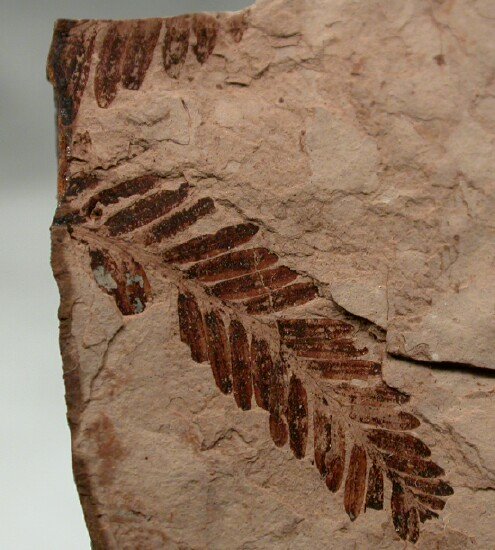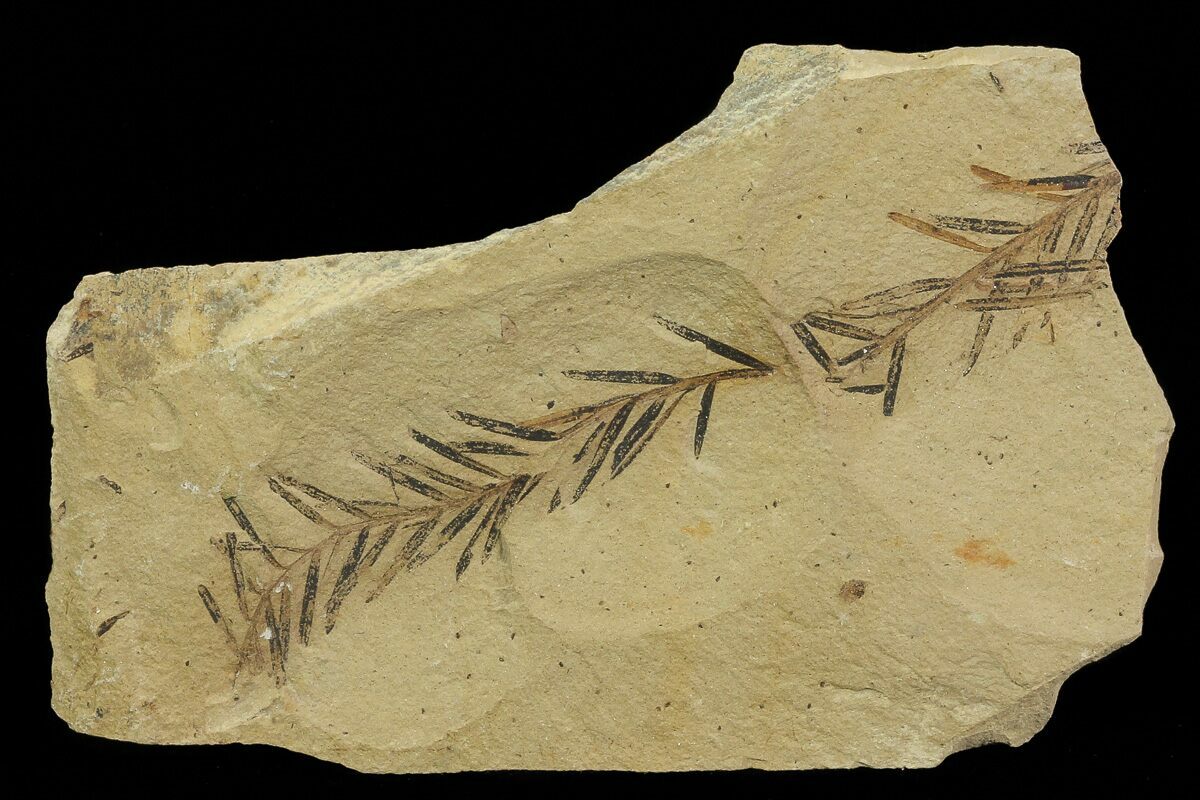
Gupta N S, Briggs D E G, Collinson M E, et al. Molecular taphonomy of animal and plant cuticles: Selective preservation and diagenesis. Analysis of modern and fossil plant cuticles by Curie point Py-GC and Curie point Py-GC-MS: Recognition of a new, highly aliphatic and resistant biopolymer. The new method successfully allows us to recover its delicate cuticular membranes with sufficient sizes for SEM observation and stomatal frequency analysis.Ĭutler D F, Alvin K L, Price C E, eds. But its deciduous habit produces thin cuticles and makes the preparation of clean cuticular membranes a tedious process. glyptostroboides, as a comparative reference, has been widely used as a model genus for the study of evolution of plants, palaeoclimatological reconstruction, and plant adaptation to climate changes.

Metasequoia, with well-documented and widely-distributed fossil records since the Late Cretaceous and with a living representative, M.

We demonstrate the method by using middle Eocene Metasequoia fossils that were notorious for the difficulty of recovering large-sized clean cuticular membranes due to their thin and fragile nature. Here, we describe a new method using clear nail polish as a medium to “strengthen” the originally thin and fragile cuticles prior to maceration procedures. This has largely hampered the usage of fossil cuticle analysis in palaeobotanical and palaeoclimatological research.

However, for plants with originally thin and fragile cuticles, e.g., most deciduous plants, conventional techniques sometimes fail to obtain cuticular membranes with sufficient size, or sometimes unable to recover any. In recent decades the application of stomatal frequency data that are relied on precise calculation of stomata on plant fossil cuticles to reconstruct ancient atmospheric CO 2 concentration made the preparation of cuticular membrane with sufficient size a critical technique in palaeoclimatological research. Leaf cuticle analysis has long been a powerful tool for fossil plant identification, systematics, and palaeoclimatological recon-struction.


 0 kommentar(er)
0 kommentar(er)
